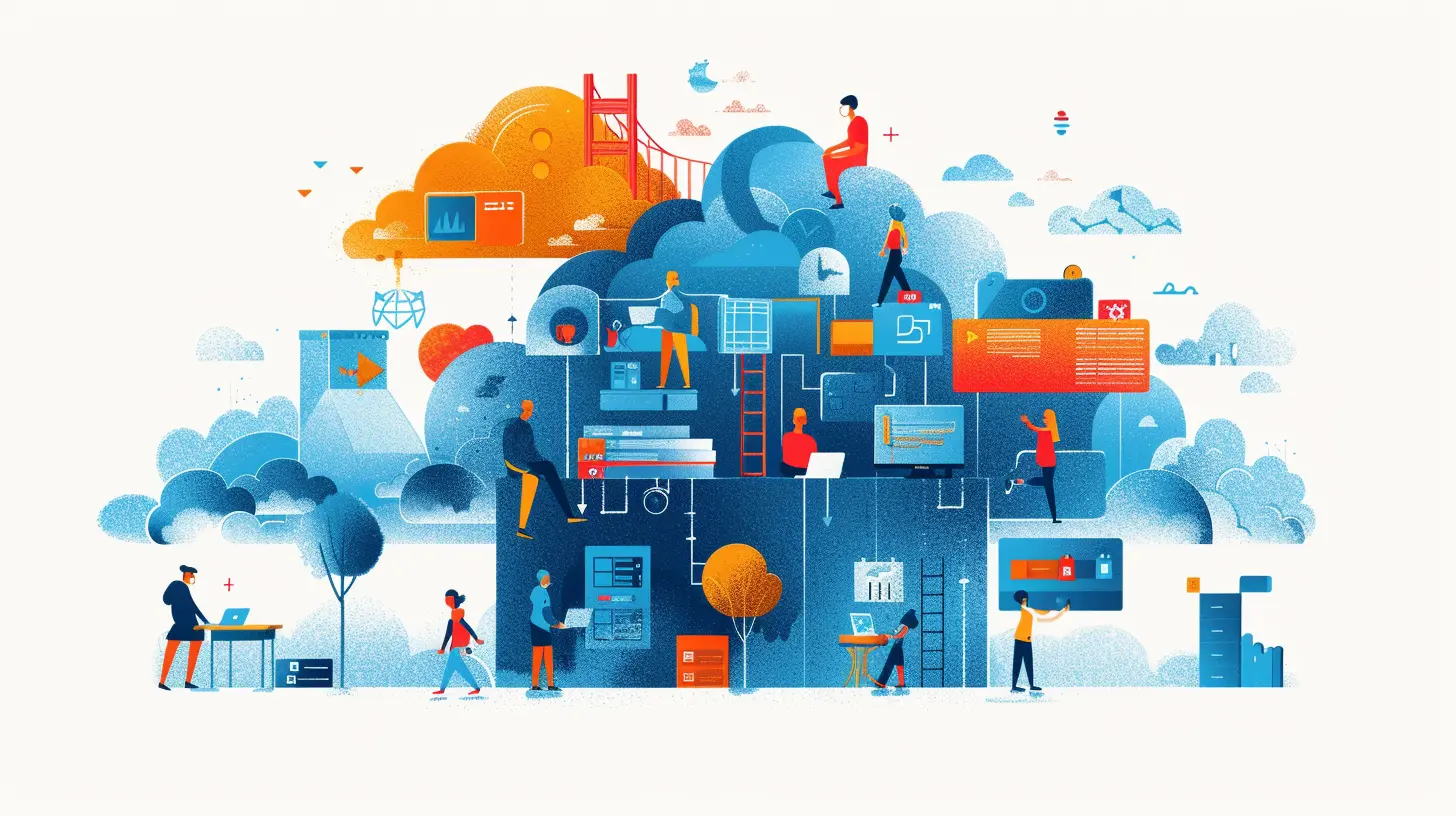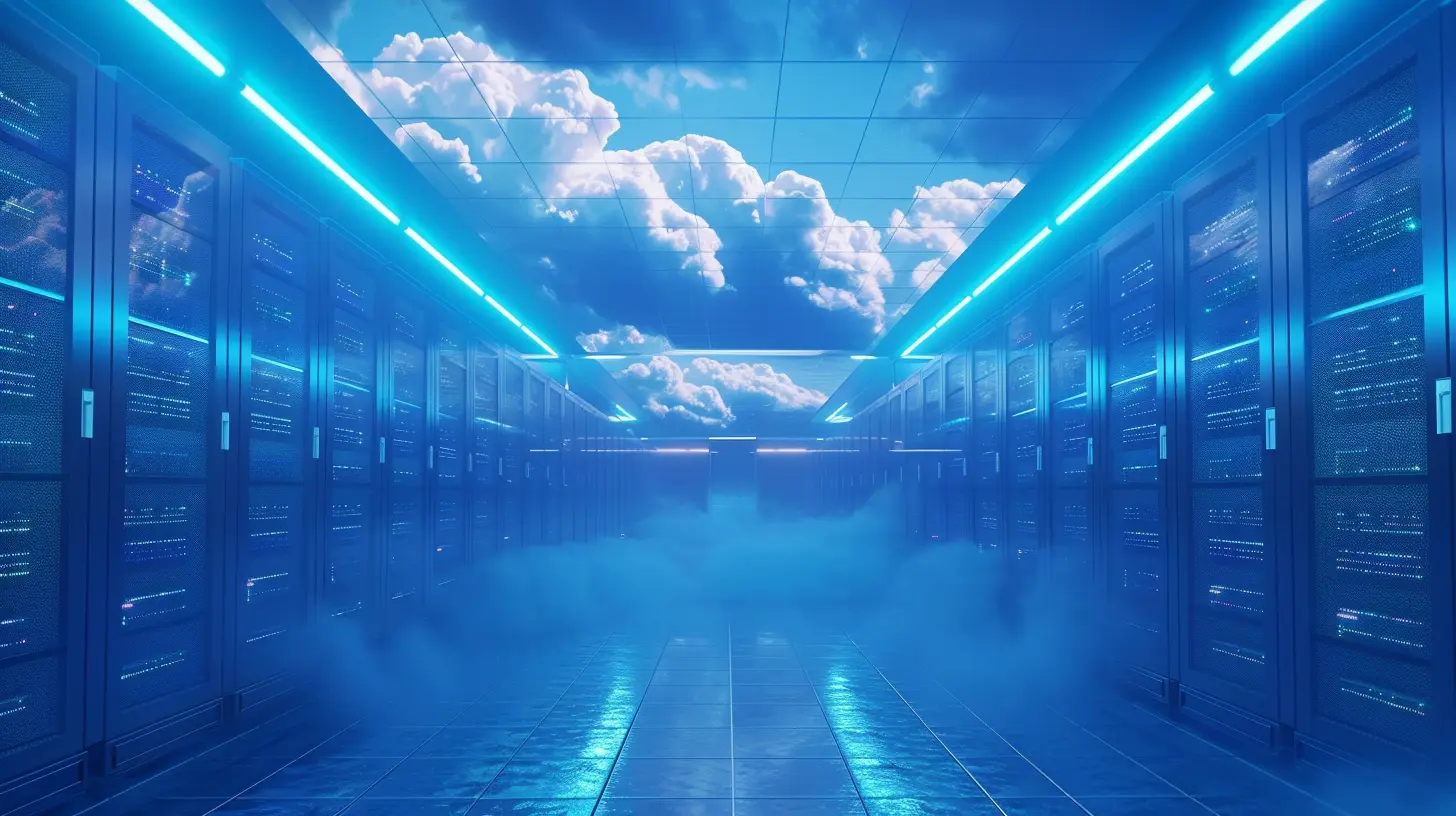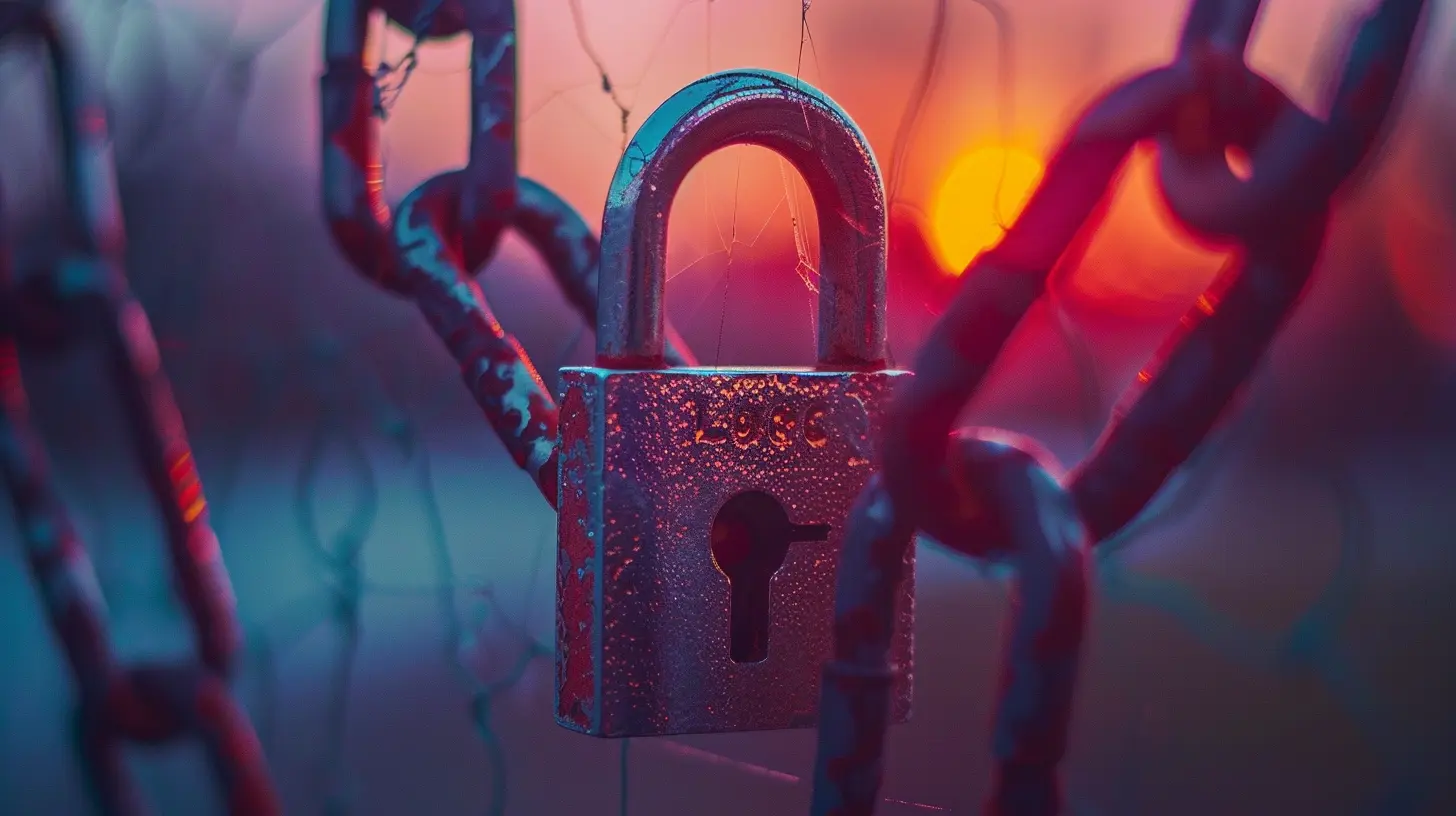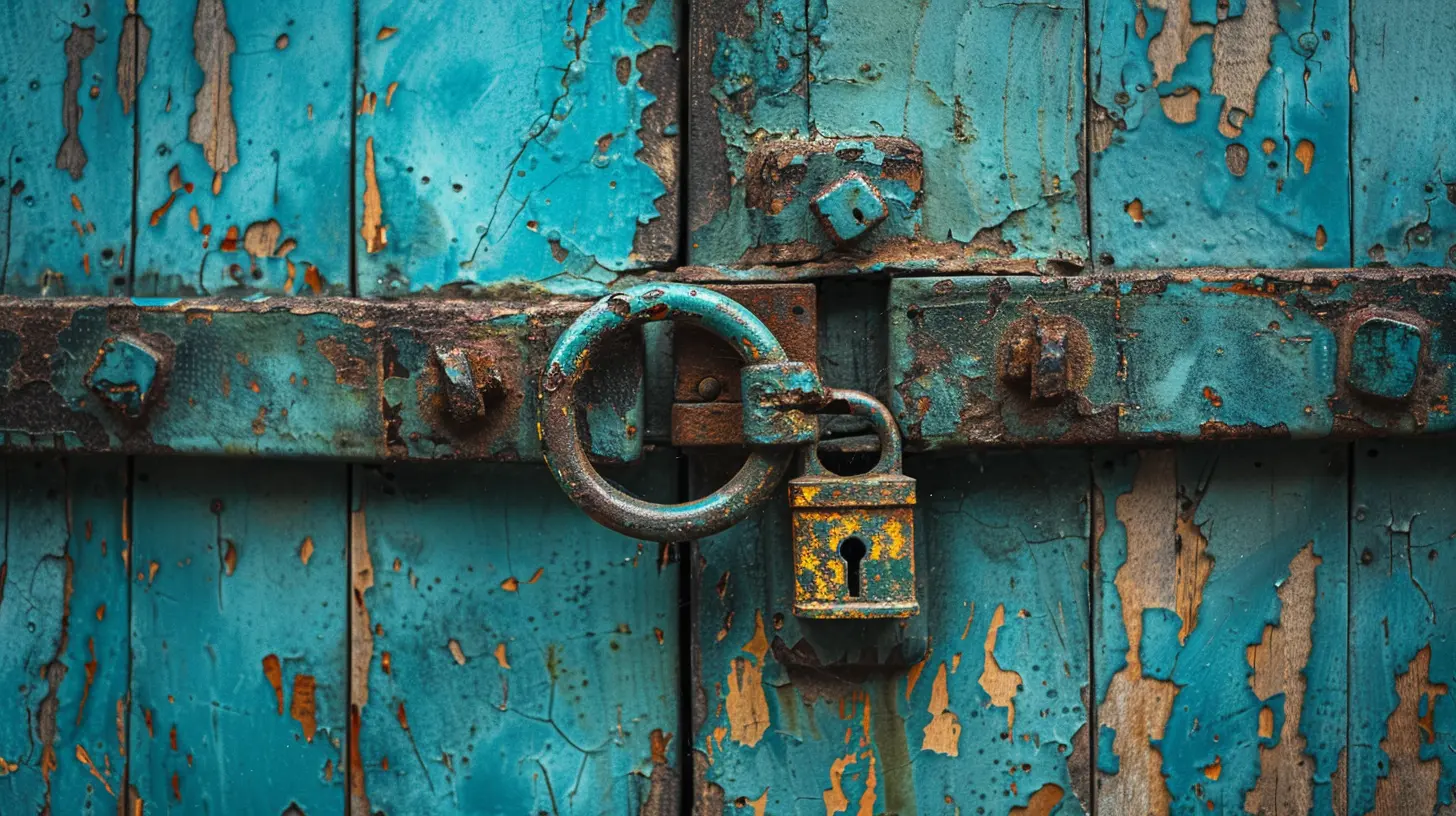Understanding Shared Responsibility in Cloud Security
11 November 2025
In today's rapidly evolving digital landscape, cloud computing is no longer just a buzzword—it's a critical part of how businesses, big and small, operate. But while the cloud offers undeniable advantages like flexibility, scalability, and cost-effectiveness, it also introduces new security challenges. And here's where things get a bit tricky. When you move to the cloud, security isn't just the provider's job anymore. Enter the concept of "shared responsibility" in cloud security.
But what does that really mean? Who's responsible for what? And how can you, as a business or individual, ensure that your data and applications are secure in the cloud? Buckle up, because we’re diving deep into the world of shared responsibility.

What Exactly is Cloud Security?
Before we jump into the shared responsibility model, it’s essential to understand what cloud security is all about. Cloud security refers to the set of policies, controls, procedures, and technologies that work together to protect cloud-based systems, data, and infrastructure. It’s like the security system for your cloud house.But here's the kicker: cloud security isn't something that happens automatically. Each party involved—the cloud provider and the cloud user—has a role to play. And that brings us to...

The Shared Responsibility Model: A Quick Overview
When you use a cloud service, be it from Amazon Web Services (AWS), Microsoft Azure, or Google Cloud, you aren't handing over the entire responsibility of security to the provider. Instead, it’s a joint effort. This is what we refer to as the Shared Responsibility Model.In simple terms, the cloud provider takes care of specific aspects of security, while you, the customer, are responsible for others. It’s a bit like renting an apartment. The landlord (cloud provider) ensures the building is secure, but you (the tenant) need to lock your doors and windows.
Why Does This Model Exist?
The shared responsibility model exists because no one party can cover all aspects of security. Cloud providers offer a vast infrastructure of services, but they can't control how businesses or individuals use those services. On the flip side, users don’t have direct control over the infrastructure. So, both sides must work together to ensure security.
Breaking Down the Shared Responsibility Model
Alright, let’s break it down even further. The exact responsibilities can vary depending on the type of cloud service you're using. Generally, we categorize cloud services into three main models:1. Infrastructure as a Service (IaaS)
2. Platform as a Service (PaaS)
3. Software as a Service (SaaS)
Each of these models comes with its own set of responsibilities for both the provider and the customer.
1. Infrastructure as a Service (IaaS)
Think of IaaS as renting a plot of land. The cloud provider gives you access to the fundamental infrastructure—servers, storage, and networking—but you’re responsible for everything you build on top of it.Provider’s Responsibility:
The cloud provider in an IaaS model is responsible for the physical security of the data centers, the underlying hardware, storage, networking, and virtualization layers. Essentially, they promise that the infrastructure they're providing is secure and up-to-date.
Your Responsibility:
You, the customer, are responsible for anything you build on top. This includes managing operating systems, installing patches, configuring firewalls, encrypting data, and setting up access controls. It’s your job to make sure that whatever applications or services you’re running in the cloud are secure.
2. Platform as a Service (PaaS)
In the PaaS model, the cloud provider gives you a platform to build and deploy applications. Imagine you’re renting a fully furnished office space. The infrastructure and the operating system are taken care of, but you still need to manage the day-to-day operations.Provider’s Responsibility:
Here, the provider manages not only the infrastructure but also the operating systems, runtime environments, and middleware. They ensure that the platform is secure, leaving you free to focus on your applications.
Your Responsibility:
While the provider manages the platform, you’re responsible for everything you build on it. This means securing your applications, managing user access, and ensuring that your data is protected.
3. Software as a Service (SaaS)
SaaS is like renting a fully furnished and serviced office. The cloud provider takes care of everything from the infrastructure to the application. All you need to do is use the service.Provider’s Responsibility:
In a SaaS model, the provider manages everything—servers, storage, networking, operating systems, and even the applications themselves. They ensure that the service is secure and that your data is protected on their platform.
Your Responsibility:
Sounds like a free ride, right? Not quite. You’re still responsible for how you use the software. This includes managing user accounts, controlling access, and ensuring that sensitive data is handled correctly. For example, in a customer relationship management (CRM) SaaS platform, you need to ensure that only authorized users can access customer data.

The Gray Areas: Where Things Can Get Confusing
Now, while the shared responsibility model seems clear in theory, things can get murky in practice. Why? Because the lines of responsibility can sometimes blur, especially when you start layering services.For example, if you’re using a PaaS platform to develop software, but then you integrate a third-party SaaS application into your system, who’s responsible for the security of that integration?
The answer usually depends on the specifics of the contract and the service-level agreements (SLAs) with your provider. However, a good rule of thumb is to always assume that if you control it, you’re responsible for securing it.
The Importance of Clear Communication
Given the complexity of the shared responsibility model, clear communication between cloud providers and customers is key. Misunderstandings can lead to security vulnerabilities, which in turn can result in data breaches, financial losses, and reputational damage.Cloud providers usually offer detailed documentation outlining their responsibilities versus those of their customers. It’s essential to read and understand these documents thoroughly to avoid any unpleasant surprises down the line.
Best Practices for Cloud Security in the Shared Responsibility Model
Even though cloud providers offer secure platforms, you still have plenty of work to do to ensure your data and applications are protected. Here are a few best practices to keep in mind:1. Understand Your Responsibilities
Before you even start using a cloud service, make sure you have a clear understanding of what security tasks fall on your shoulders. Don’t assume the provider is handling everything!2. Implement Strong Access Controls
One of the most common security issues in the cloud is unauthorized access. Make sure you’re using strong authentication mechanisms, such as multi-factor authentication (MFA), to protect your accounts and applications.3. Monitor and Audit Your Cloud Environment
The cloud is a dynamic environment, and things change rapidly. Regularly monitor your cloud setup for any unusual activity and conduct audits to ensure that everything is running as it should be.4. Encrypt Your Data
Whether it’s data at rest or in transit, encryption is one of the most effective ways to protect sensitive information. Ensure that data encryption is enabled and properly managed.5. Patch and Update Regularly
It’s easy to forget that you still need to patch and update operating systems, applications, and other software in the cloud. This is especially important in IaaS and PaaS models where you’re responsible for the software stack.6. Ensure Data Backup and Disaster Recovery
While cloud providers typically offer robust backup solutions, it’s crucial to have your own data backup and disaster recovery plan. Ensure that your data is regularly backed up and that you have a strategy in place to recover from any potential data loss.Final Thoughts: Security is a Team Effort
Cloud computing offers amazing opportunities, but with great power comes great responsibility. The shared responsibility model serves as a reminder that security is a team effort. While cloud providers do their part to secure the infrastructure, you must take charge of securing your applications, data, and users.Don't assume someone else is handling it for you. After all, wouldn’t you double-check your locks when leaving home, even if you live in a gated community? The same logic applies to cloud security.
By understanding your role in the shared responsibility model and implementing the necessary security measures, you can confidently harness the power of the cloud without sacrificing security.
all images in this post were generated using AI tools
Category:
Cloud SecurityAuthor:

Gabriel Sullivan
Discussion
rate this article
1 comments
Delia McAdoo
Great article! Understanding shared responsibility in cloud security is crucial for everyone involved. It empowers teams to work together effectively, ensuring a safer cloud environment. Thanks for breaking down this important concept so clearly!
November 11, 2025 at 1:35 PM


